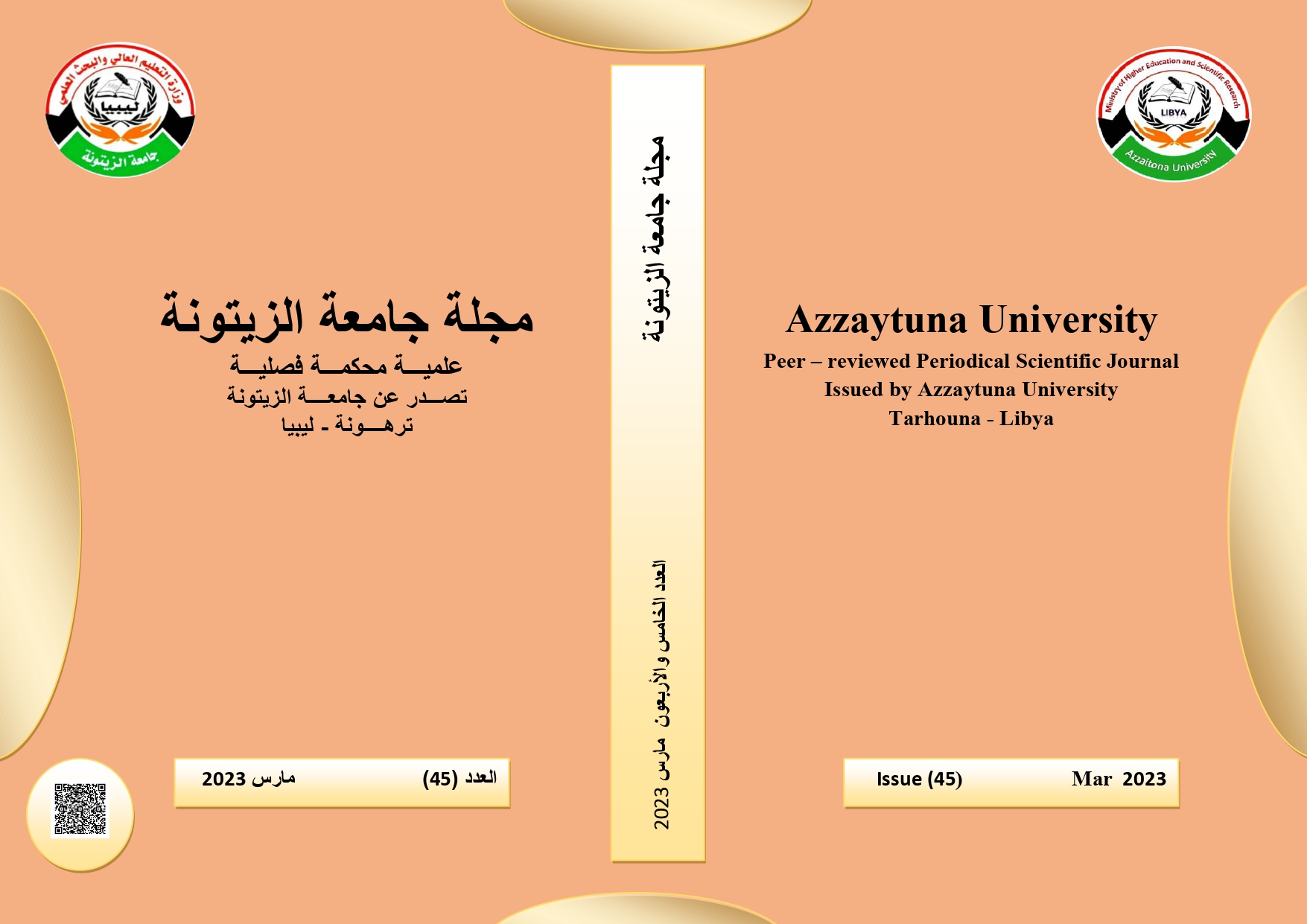Improve Oil Production in Amal Field by gas lift Optimization
Abstract
Wells that cannot produce liquids to the surface under their own pressure requires lift technologies to enable production. Some liquid wells need lift assistance from the beginning and almost all require it sooner or later. One of the most popular artificial lift methods applied in the oil industry, in order to increase productivity, is the gas lift method. Its main principal is the injection of gas in the well to reduce the average density of the fluids produced from the reservoir, hence the weight of the fluid column. As a result, the declined reservoir pressure is sufficient to lift the fluids up to the surface. In this project three wells, (N-36, N-18 and N-53), located in Amal field are selected for the study. The production for all wells is dropping due to increasing water production. Therefore, the main task in this study is to design a gas lift system for these wells by using Prosper software. The procedure of designing an optimized gas lift system in PROSPER is thoroughly described in this study. In the design performed by Prosper, the main points obtained and determined are number of gas lift valves needed to lift the wells up, also the depth of these valves distributed through the tubing and space between valves. In addition to this, the amount of gas injected daily through these valves from casing to tubing. Finally, Inflow performance relationship versus vertical lift performance curves for these wells are determined before and after gas lift design as indication of increasing productivity.




